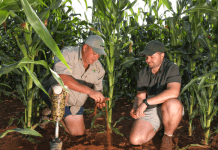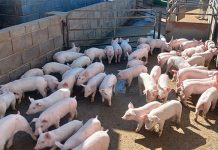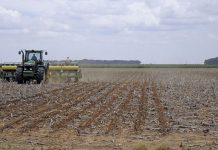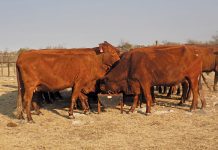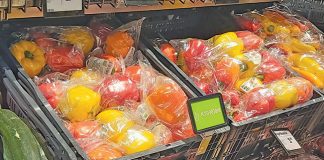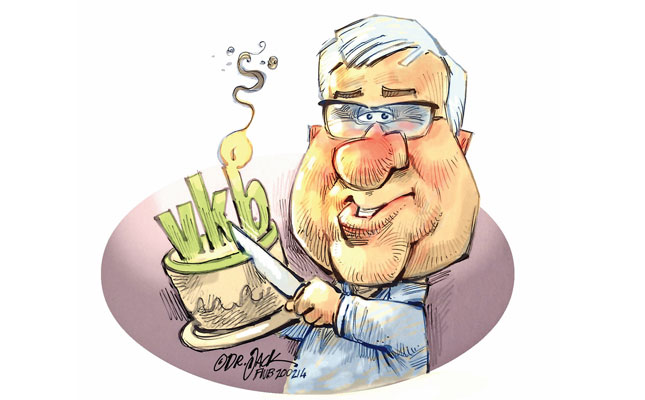
Originally, most agricultural businesses were primary agricultural co-operatives. They, in turn, established secondary co-operatives to engage in food processing and/or obtain cheaper inputs.
With many of these businesses being more than 100 years old, much consolidation took place over the generations. Some co-ops have grown into strong capital enterprises.
Since 1994, many co-ops have converted into companies. The reasons for this are diverse. Government hastened the process with amendments to the Co-operatives Act, which made it almost impossible for co-ops with many members to utilise this form of enterprise.
Some converted because of political fears and sought protection amongst other major companies. Some looked to attract capital for their enterprises, while others wanted to unlock the accumulated value in the businesses.
How a co-op works
A co-op shares its benefits with its members pro rata and uses everyone’s contribution to generate profit.
It is therefore a fair way for agricultural enterprises to unlock value, as members share in the profit that their enterprises generate from business done with the co-op and are remunerated accordingly, regardless of how much of their funds are locked up in the co-op.
Members receive this benefit in the form of a bonus, part of which is paid in cash while the remainder accumulates in a members’ fund that is paid out over a fixed period.
A co-op does not accumulate many reserves, as it distributes its profits as bonuses. The co-op requires funding to operate its business, and as a result, the bonuses cannot be paid wholly in cash; a portion must be retained as members’ funds that accumulate in the co-op to the credit of members, until they are paid out on a specific date at a specific value.
The co-op’s assets that increase in value over time are ‘ownerless’. Being a member of a co-op can almost be compared with being a member of a sports club; members pay a minimal entry fee and, over time, share in the infrastructure created by the club.
Benefits of a co-op
- The main advantage of the co-operative model is that members retain control over the enterprise.
- It is an extremely effective loyalty scheme. An agricultural business such as VKB, for example, enjoys excellent loyalty from its customers, and the model stimulates business with the enterprise.
- It gives young farmers the opportunity to build capital in proportion to their participation in the business of the co-op. This capital serves as security for the farmer’s debt with the co-op, and consequently limits the co-op’s risk in case of insolvency.
- The producer is allocated his or her interest and therefore does not have to pay cash to make the investment.
- The member’s accumulated funds have a guaranteed value over a period.
- Capital is created efficiently for the co-op.
Disadvantages of the co-op
- A main disadvantage of a co-op is that it is funded primarily with semi-permanent capital. Members’ funds are paid out at some point, although permanent assets are financed with it.
- These funds serve as security for debt to the company; this means that the business will be forced to utilise them should members experience financial problems, with the adverse cash flow effect associated with it.
- The biggest disadvantage for a member is that inflation erodes much of the original value of his or her funds. It should be kept in mind, however, that the member initially received the value free of charge.
- The member’s capital must be retained for a lengthy period to enable the co-op to conduct business with it.
- The biggest disadvantage of the model from the enterprise’s perspective is that the co-op must generate capital. The business cannot raise its own capital from outside the enterprise; it can, however, borrow capital.
- A co-op’s reserves are ‘ownerless’, unless the assets are liquidated at some stage and the proceeds distributed among members.
- It is difficult to perform amalgamations. The company has to resort to mergers and acquisitions, which therefore limits growth.
How the corporate model works
A shareholder in a company does not share in its profits. Instead, the shareholder shares in the dividends that the company pays in proportion to the shareholding, and indirectly receives the benefit of profits from the company to the extent that the share price reflects the profitability of the company.
The shareholder receives no compensation for business done with the company.
The value of a share is determined by the market. The market, in turn, is influenced by many factors, including:
- The economic sector in which the company operates;
- The profitability of the company;
- The dividend ratio that the company maintains;
- Whether it is a minority or a majority share that is sold;
- The market mechanism for trading and the liquidity of the shares in the relevant company;
- Whether there are any control structures that exercise control over the majority of the shares.
The share value is usually based on an estimate of the future cash flow that can be earned from the share, taking into consideration the time value of money. The value of the share is therefore not guaranteed and does not necessarily relate to its net asset value.
The views expressed in our weekly opinion piece do not necessarily reflect those of Farmer’s Weekly.
Email Koos Janse van Rensburg at [email protected].


